Cooking seaweed, particularly kelp, can sometimes pose a challenge, especially for those unfamiliar with its unique texture and cooking requirements. Kelp, a type of brown algae rich in nutrients like iodine, vitamins, and minerals, is a staple in many cuisines worldwide. Its versatility allows it to be used in soups, salads, stir-fries, and even as a wrap for sushi. However, achieving the perfect tender consistency can be tricky. This guide aims to demystify the process and provide practical tips on how to cook kelp so that it becomes soft and delicious without turning into a mushy mess.
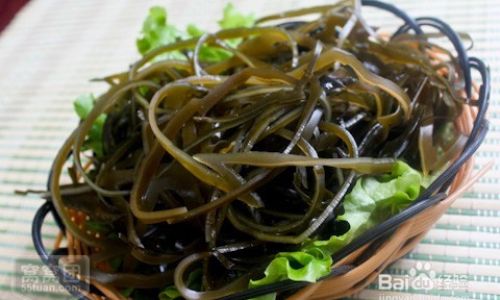
Understanding Kelp’s Texture
Before diving into the cooking techniques, it’s crucial to understand kelp’s natural texture. Fresh or dried kelp has a robust, fibrous structure that can resist heat if not cooked properly. Dried kelp, which is more commonly available, requires rehydration before cooking to soften its fibers. The key to tender kelp lies in a combination of soaking, simmering, and sometimes even a gentle braising method.
Preparation: Soaking Kelp
-
Choosing the Right Kelp: Start by selecting high-quality kelp. Look for dried kelp that is dark green to black in color, with a slightly salty aroma. Avoid pieces that appear moldy or have an unpleasant odor.
-
Soaking: Soaking kelp is the first step in softening its fibers. Fill a large bowl with cold water and submerge the kelp completely. Allow it to soak for at least 20-30 minutes, or until it becomes pliable. For thicker pieces, soaking time may need to be extended to an hour or more.
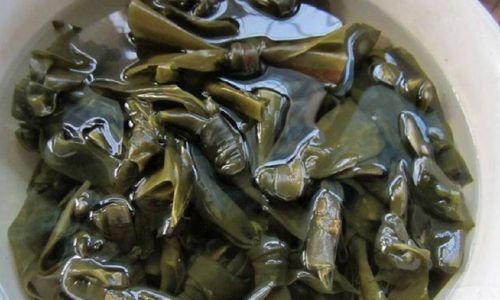
-
Rinsing: After soaking, rinse the kelp thoroughly under cold running water to remove any excess salt and debris. Pat it dry with paper towels if necessary, but avoid squeezing it too hard as this can damage its structure.
Cooking Methods for Tender Kelp
-
Simmering:
- Basic Simmer: Once soaked and rinsed, cut the kelp into manageable pieces. Bring a pot of water to a gentle simmer (not a rolling boil) and add the kelp. Simmer for about 15-20 minutes, or until the kelp is tender to your liking. Testing with a fork can help determine doneness.
- Flavor Infusion: To enhance flavor, you can add aromatics like garlic, ginger, or onions to the simmering water. This not only infuses the kelp with additional flavors but also makes the cooking water a delicious broth that can be used in soups or stews.
-
Steaming:
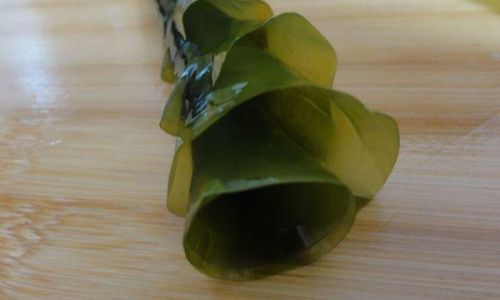
- Steam Basket Method: An alternative to simmering is steaming. Place the soaked kelp in a steam basket over boiling water. Cover and steam for about 10-15 minutes, checking for tenderness periodically. Steaming retains more of kelp’s nutrients and can give it a lighter texture.
-
Braising:
- Slow and Gentle: For a more flavorful and tender result, try braising kelp. After soaking, sauté some vegetables (like carrots, celery, and onions) in a little oil until softened. Add the kelp pieces and pour in enough broth or water to cover halfway. Bring to a simmer, then reduce the heat to low and let it braise for about 30 minutes to an hour, or until the kelp is very tender.
-
Pressure Cooking:
- Quick and Efficient: If you have a pressure cooker, it’s an excellent tool for cooking kelp quickly and efficiently. Place the soaked kelp and enough water or broth to cover the bottom of the pressure cooker. Lock the lid and cook on high pressure for about 5-7 minutes. Allow the pressure to release naturally for best results.
Seasoning and Serving
Once the kelp is tender, it’s ready to be seasoned and served. Here are some creative ways to enjoy your cooked kelp:
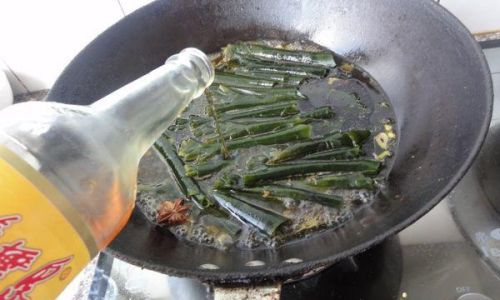
- Salads: Chop tender kelp into bite-sized pieces and mix with a vinaigrette, fresh herbs, and vegetables like cherry tomatoes, cucumbers, and red onions.
- Soups and Stews: Use the cooking liquid from simmering or braising as the base for a hearty soup. Add potatoes, beans, and other vegetables for a nutritious meal.
- Stir-Fries: Toss tender kelp strips with vegetables and a light sauce in a hot wok or skillet. Add a splash of soy sauce or tamari for flavor.
- Wraps and Rolls: Use tender kelp leaves as a wrap for sushi or other fillings. They add a unique texture and a burst of nutrients.
Troubleshooting Common Issues
- Overcooking: Kelp can quickly turn to mush if overcooked. Always start with the shortest cooking time recommended and test for doneness frequently.
- Bitter Taste: If kelp tastes bitter, it may be due to excess salt or impurities. Ensure thorough rinsing after soaking and avoid using boiling water, which can draw out more bitter compounds.
- Texture Variability: Different parts of the kelp plant have varying textures. Thicker stems may require more cooking time than thinner leaves.
Conclusion
Cooking kelp to perfection may require some experimentation, but with the right techniques, it can become a delightful and nutritious addition to your meals. By soaking, simmering, steaming, braising, or pressure cooking kelp, you can achieve a tender texture that enhances its natural flavors. Remember, the key is patience and attention to detail. With these tips in mind, you’ll be able to transform kelp into a versatile ingredient that can elevate your culinary creations. So, dive into the world of seaweed cuisine and enjoy the health benefits and culinary delights of tender, cooked kelp.
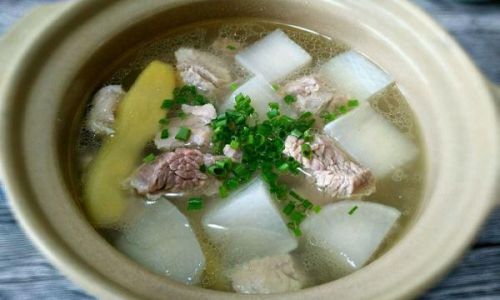
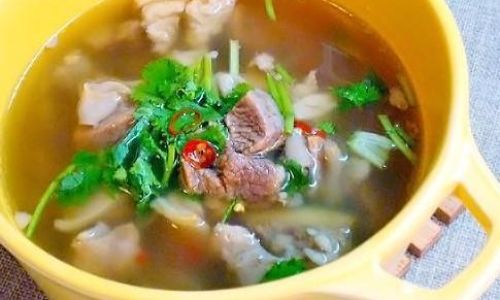
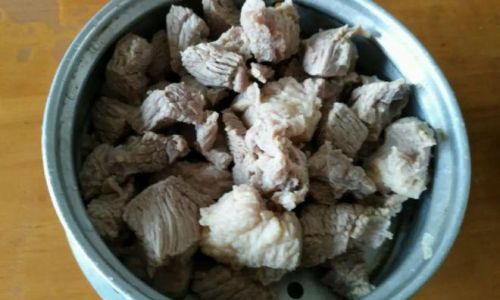

0 comments